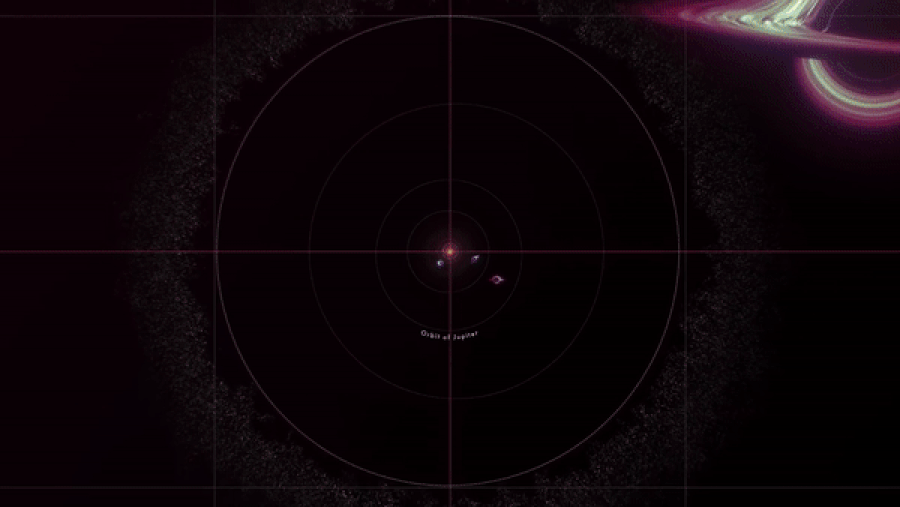This week, NASA released a video demonstrating how huge supermassive black holes can be in the Universe. Supermassive black holes have masses of more than 100 thousand solar, and a new NASA visualization shows how tiny our home star is compared to these creepy space monsters.

The smallest of them is the relatively minuscule J1601+3113 black hole in the center of a dwarf galaxy. The NASA release says that although J1601+3113 has 100 thousand solar masses, it is so compact that its shadow is actually smaller than the Sun.
Next, the animation unfolds outward, showing different black holes, the size of which exceeds the orbits of the planets of the Solar System, eventually reaching an absolutely huge TON 618, 60 billion times the mass of the Sun. According to NASA, TON 618 is just one of the few extremely distant and incredibly massive black holes that scientists have been able to detect and investigate.
“How do they get so big? When galaxies collide, their central black holes eventually may merge together too. Direct measurements, many made with the help of the Hubble Space Telescope, confirm the presence of more than 100 supermassive black holes,” Jeremy Schnittman, a theorist at NASA’s Goddard Space Flight Center, said in a NASA release.
Sagittarius A* is mentioned in the animation. This is a black hole in the center of the Milky Way, with a mass of 4.3 million Suns. The diameter of its shadow is about half the width of Mercury’s orbit. Another favorite is M87*, which has a mass of 5.4 billion Suns and is the object of the first ever photograph of a black hole, published in 2019 by the Event Horizon Telescope community.
NASA animation gives us a sense of scale to these mysterious cosmic objects absorbing matter across the Universe.
Earlier we reported on how a black hole ejected a star many years after its absorption.
According to NASA
Follow us on Twitter to get the most interesting space news in time
https://twitter.com/ust_magazine

